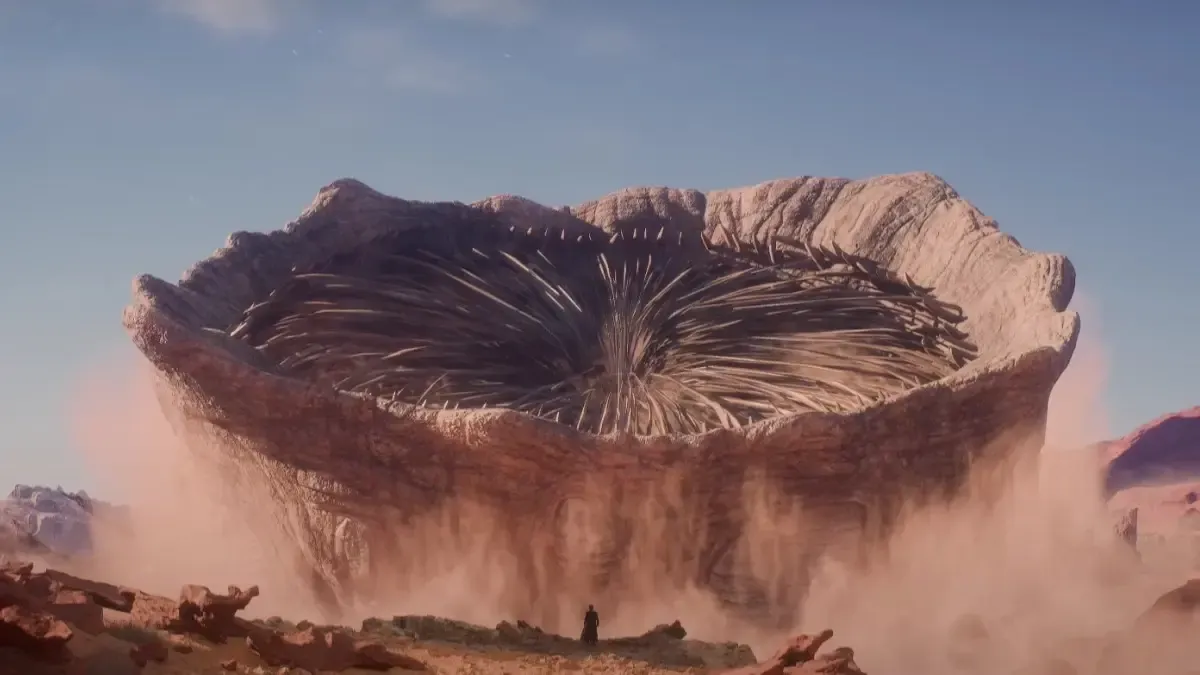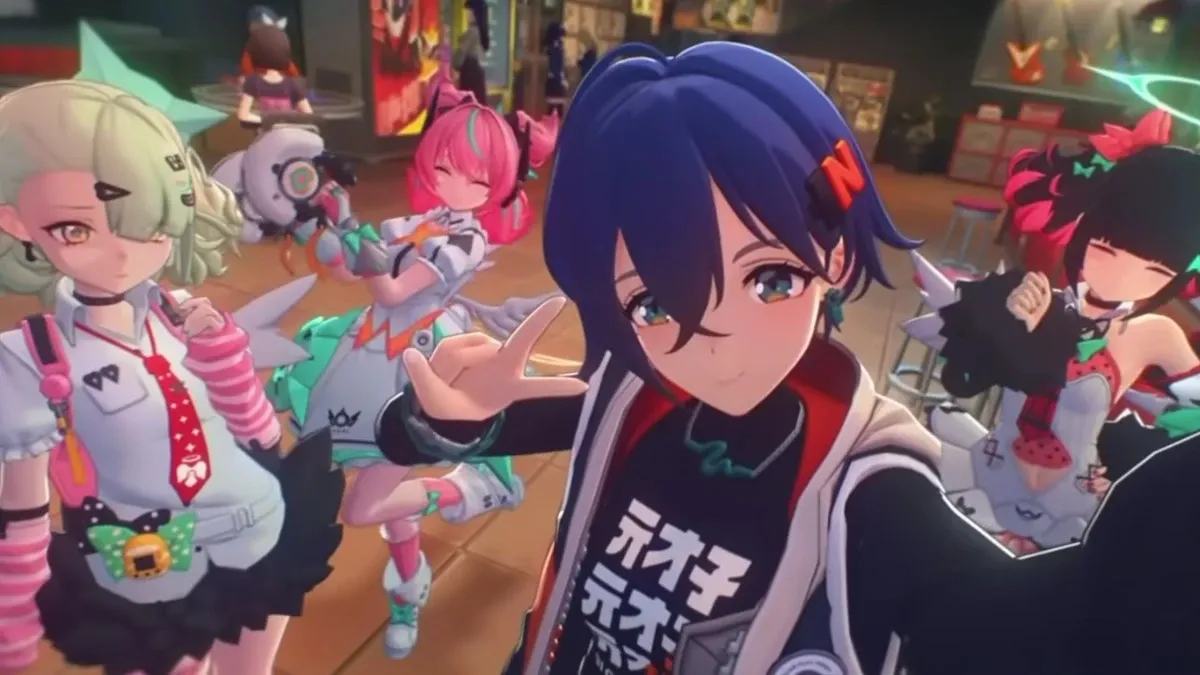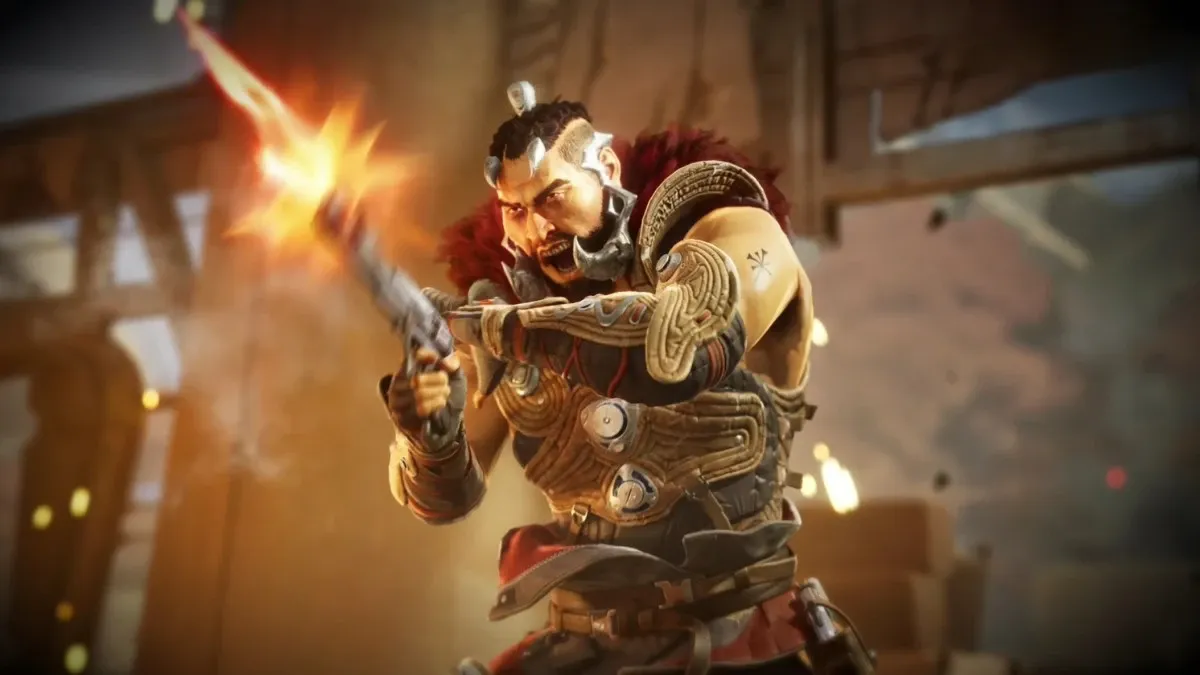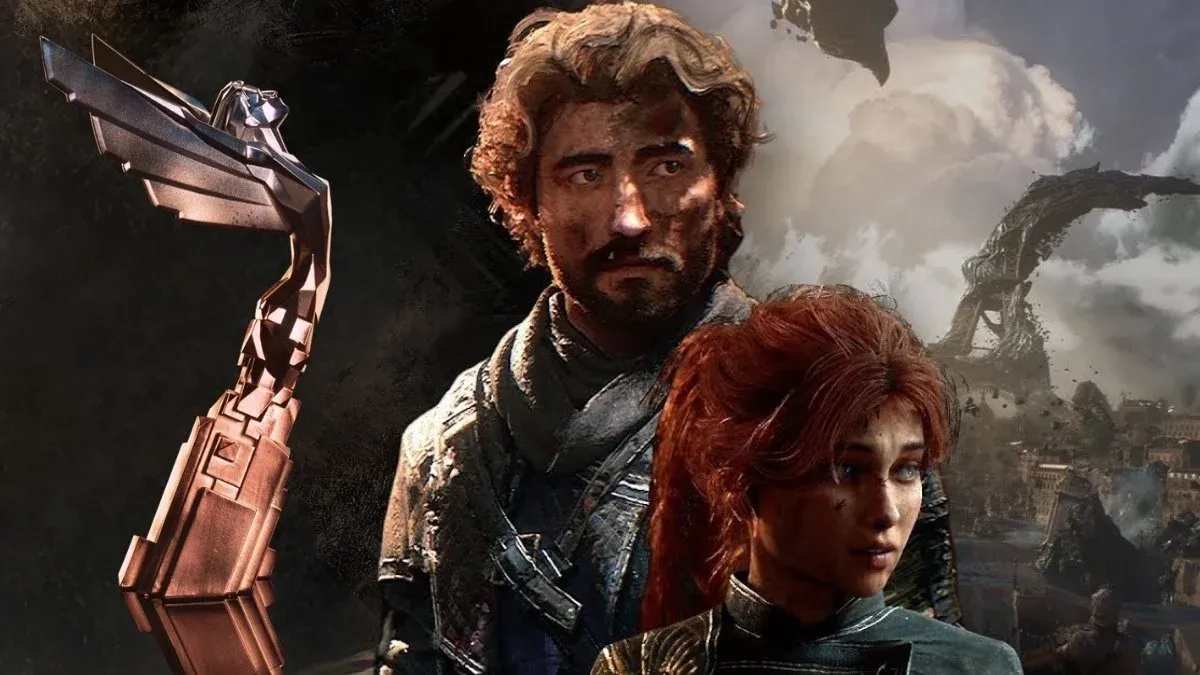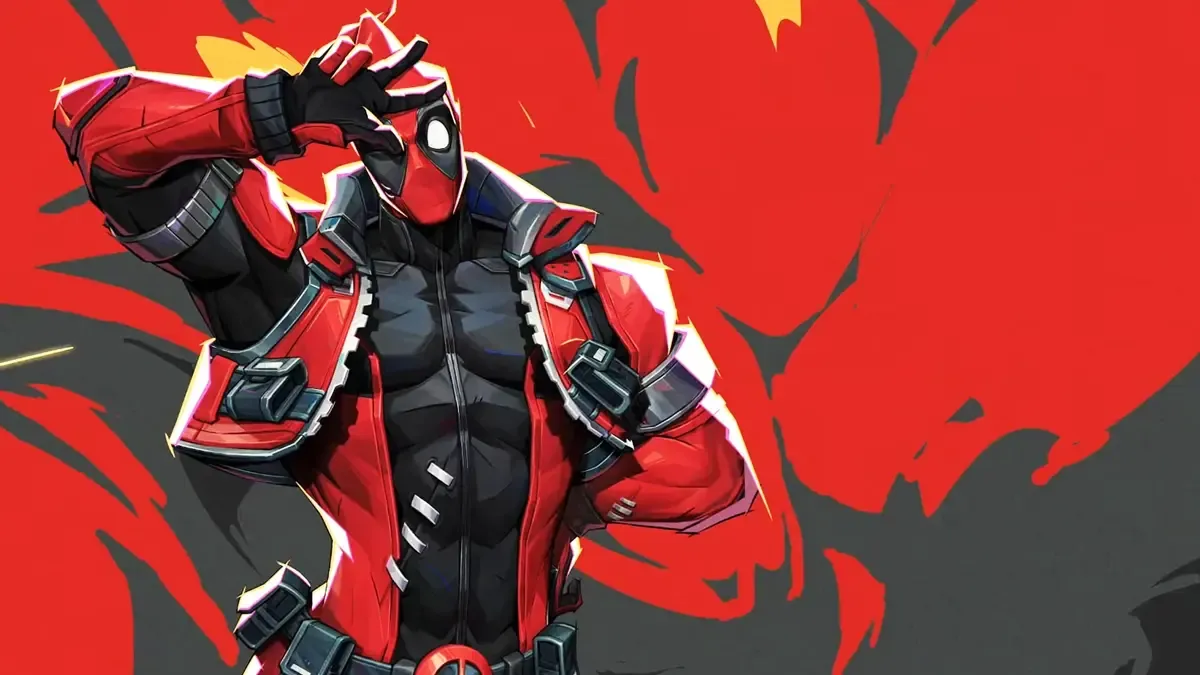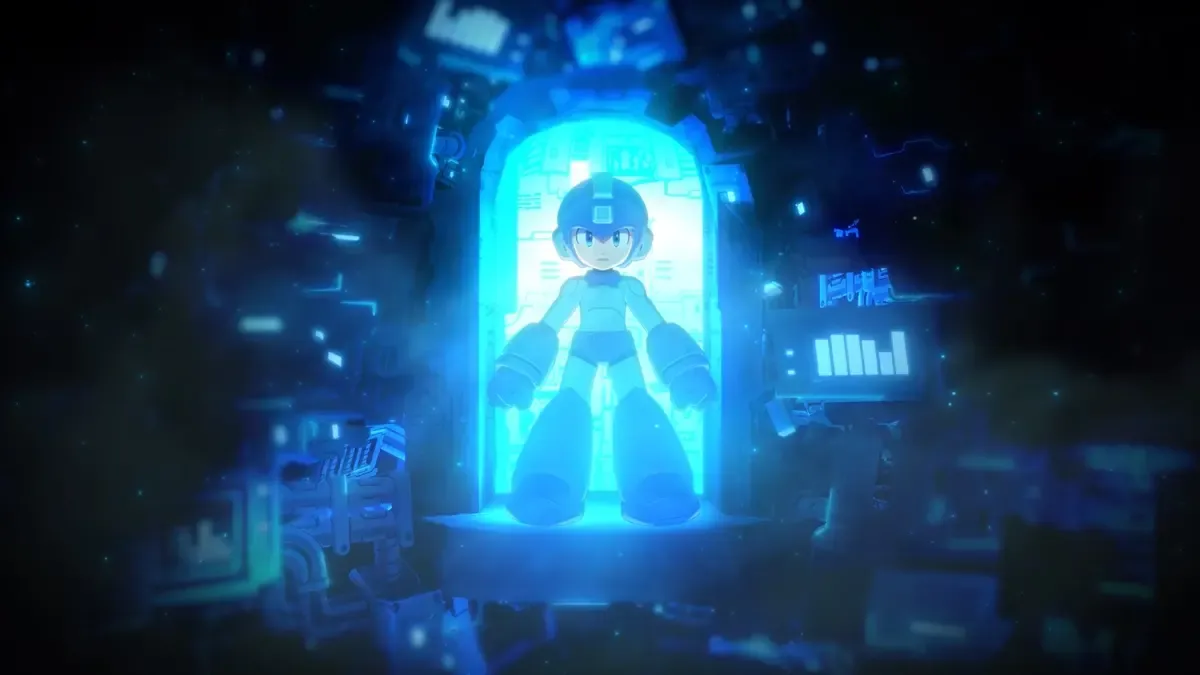With survival mechanics and open-ended exploration, the game challenges players to survive among rival factions, deadly sandworms, and shifting politics.
When Dune: Awakening was first announced, there was an automatic assumption that it would sit in the MMO camp. After all, it had the scope, the lore, and the factions; hallmark traits of an MMO. As it turns out, Funcom's latest venture would be better described as an open-world survival game with multiplayer elements, set against the unforgiving backdrop of Arrakis.
We’ve spent a good few days playing the game in early access, and even in the early stages of the game, there’s quite a lot to chew on, both in terms of promise and present-day quirks.
Multiplayer and online elements
Interestingly, the game doesn’t lean into a typical MMO structure, and that’s something of a relief. Most of the multiplayer aspects aren’t front and centre, likely because we’re still in early access, but Funcom has laid out the groundwork for social hubs, contracts, group dungeons, and faction-based progression.
Social Hubs like Arrakeen and Harko Village are, for now, mostly populated by other players wandering about, rather than engaging in much activity. Still, they exist, and there’s a quiet kind of potential brewing there. You can’t build or fight in these areas, but you can pick up contracts, interact with NPCs, and mingle with others from neighbouring servers. It’s like a corridor that leads from the loneliness of the desert to something livelier.
Performance-wise, it should be noted that ping issues weren’t present for me during the early access period. However, when the game was tested earlier this morning during the first day of launch, there were some ping drops here and there.
But what is the game about, and what is it like to play? If you’re still mulling over getting the game, we’ve got you. Here are our first impressions of Dune: Awakening so far.
The story

This isn’t your average Dune retelling. Dune: Awakening's story is built around a “what if?” scenario that changes the very fabric of its world: Jessica Atreides gives birth to a daughter instead of Paul, and Duke Leto is still alive. Because Dr Yueh’s betrayal is averted, thanks to the Bene Gesserit, the siege of Arrakeen ends in the Atreides' favour.
This means there’s no rise of Muad’Dib, no desert Messiah. Instead, we’re in the midst of a brewing war between Houses Atreides and Harkonnen, while the Fremen have seemingly vanished. The Bene Gesserit have also commissioned you to find out what happened to the Fremen, and if there are survivors among them, to discover where they are.
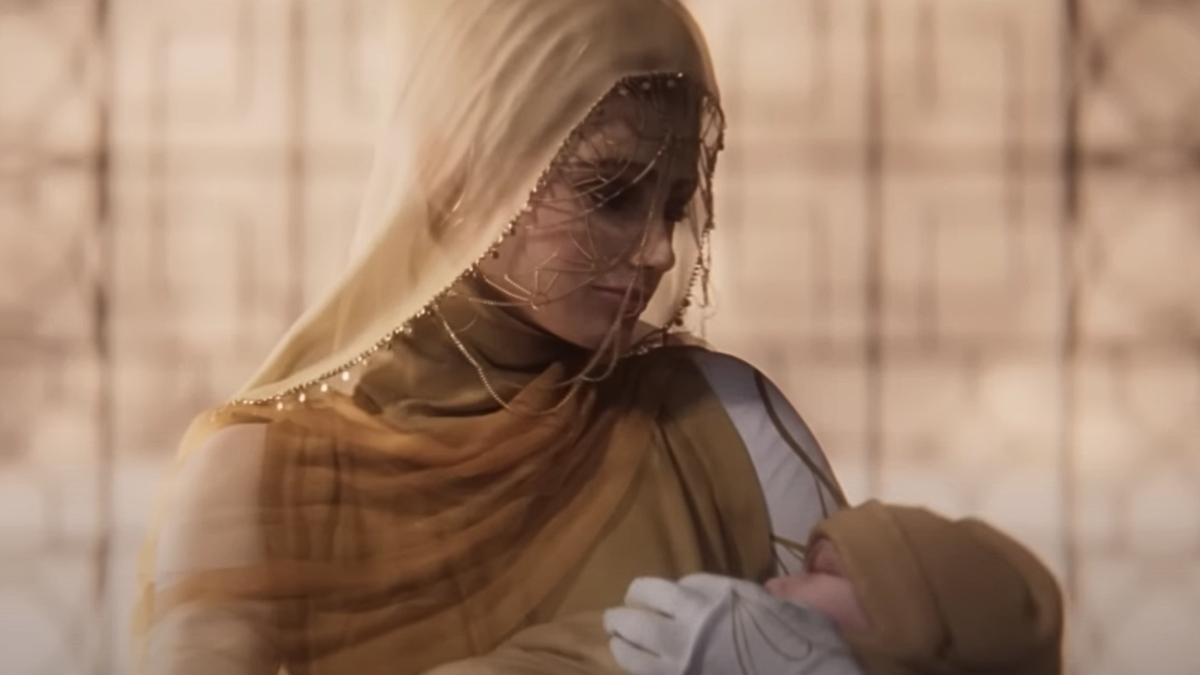
The Sardaukar are enforcing imperial interests and watching both sides, and you, the player, step in as a void filler of sorts because Paul Atreides is absent. However, he does appear briefly at the start of the game to explain what’s going on. Whether you’ll support a house or carve your own path remains to be seen when the game begins. It’s a premise that feels bold, and while we’ve only scratched the surface, it sets up some intriguing paths forward.
The world of Arrakis
What makes Dune: Awakening feel truly special is how convincingly it brings Arrakis to life. The barren desert is as dangerous as it appears to be. Sunstroke is a constant threat if you linger too long, and dehydration creeps up faster than expected. This shouldn't come as a surprise to Dune fans, as Dune (2021) showed us how even Paul and his mother Jessica almost fell victim to its harsh conditions.
Later, once you’ve advanced your technology, you can extract water from fallen enemies, much like in the game's source material. It sounds gruesome, but it’s lore-accurate. That said, the Fremen’s stillsuits from the films did look a bit sleeker than the bulky gear you’re given here.
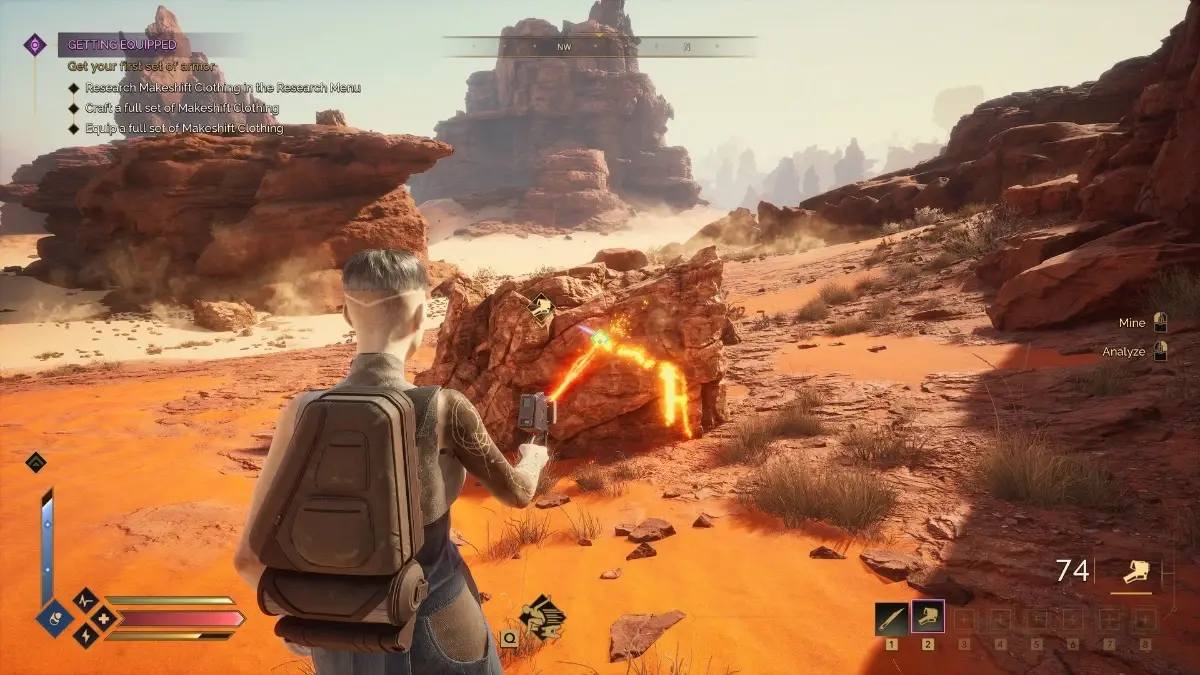
Sandstorms are another genuine danger. They hit hard and fast, forcing you to scramble for cover as the winds whip across the landscape. And then there are the sandworms–terrifying, yet oddly majestic. Travelling across the open dunelands becomes a high-stakes affair, as the vibrations from your movements can draw them to you. Pro tip: if your movement indicator turns red and a sandworm is nearby, don’t just stop moving. Trust me. I tried. It doesn’t work.
You’ll encounter enemies too, mostly scavengers early on, but they’re secondary threats compared to the challenge of surviving Arrakis itself. There are also wonderful little nods for longtime Dune fans. You can spot Muad’Dib; not Paul Atreides, but the desert kangaroo mouse, darting through the sand. It’s these kinds of details that add depth to the experience.
All of this sets Dune: Awakening apart from most other survival games, fully immersing players in the brutal, beautiful world of Arrakis, where even crossing dunes or climbing rocks can become a deadly affair. The musical score deserves credit too. Drawing inspiration from the films, the soundtrack reinforces the game’s atmosphere and helps round out a truly immersive experience.
Crafting, building, and resource management
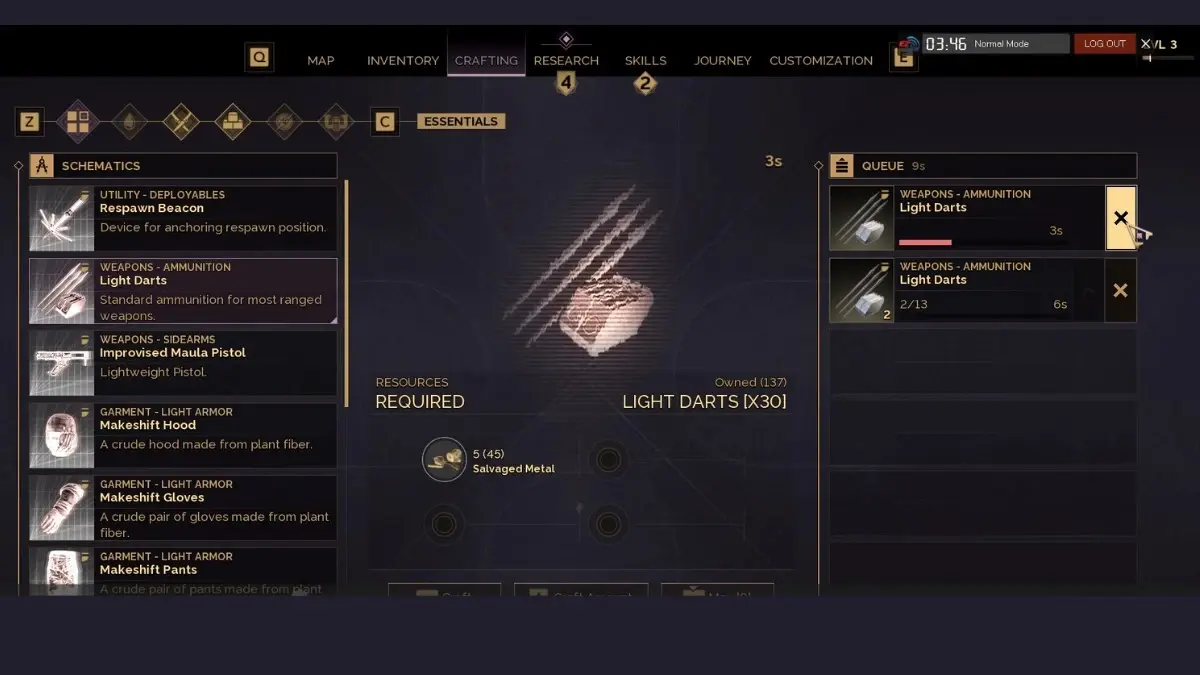
One of the things I always look forward to checking out in survival games are their crafting systems, and in Dune: Awakening, it’s genuinely enjoyable. Unlike many other survival titles, crafting here doesn't begin at a primitive level–this is the world of Dune, after all. You’re able to research and use advanced technology fairly early in the game, which sets the tone for a more futuristic survival experience.
Materials are relatively easy to gather in the early stages, and the progression from research to crafting feels smooth and intuitive. The research tree is well-designed, and the entire crafting system reflects the same level of care–even small tools like binoculars have been thoughtfully integrated. As the game progresses, you’ll uncover more materials to harvest, each one feeding into crafting options that serve purposes ranging from survival to warfare and beyond.
How combat feels like
If there’s one area that could use some refinement in Dune: Awakening, it’s the early-game combat. At the moment, it feels clunky, with awkward movement and a lack of responsiveness. Even ranged weapons can feel a bit off–there are times when an enemy’s head is clearly in your crosshair, yet the shot misses. On the flip side, early enemies often shoot with the accuracy of Stormtroopers, so if you’re only up against one or two, it’s often more effective to dodge bullets and close the gap for a quick knife takedown.
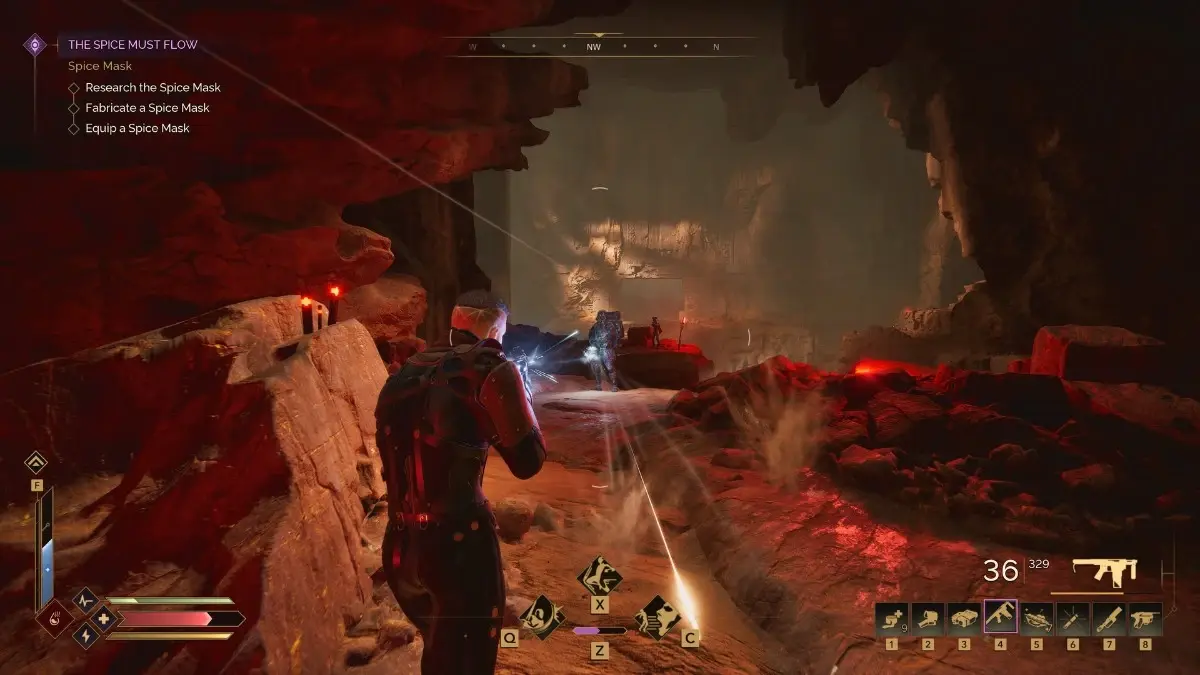
That said, the game does offer a wide selection of weapons, skills, and playstyles. Since we're still in the early stages, we haven’t seen the full extent of what these systems can offer, but the foundation is there. As you progress, your character will gain access to more crafting options and a broader range of abilities. Right now, the gunplay feels a bit generic, and I do wish that there were a greater variety of weapons and combat techniques. Still, given that this is a live-service game, it’s likely we’ll see more options added in future updates.
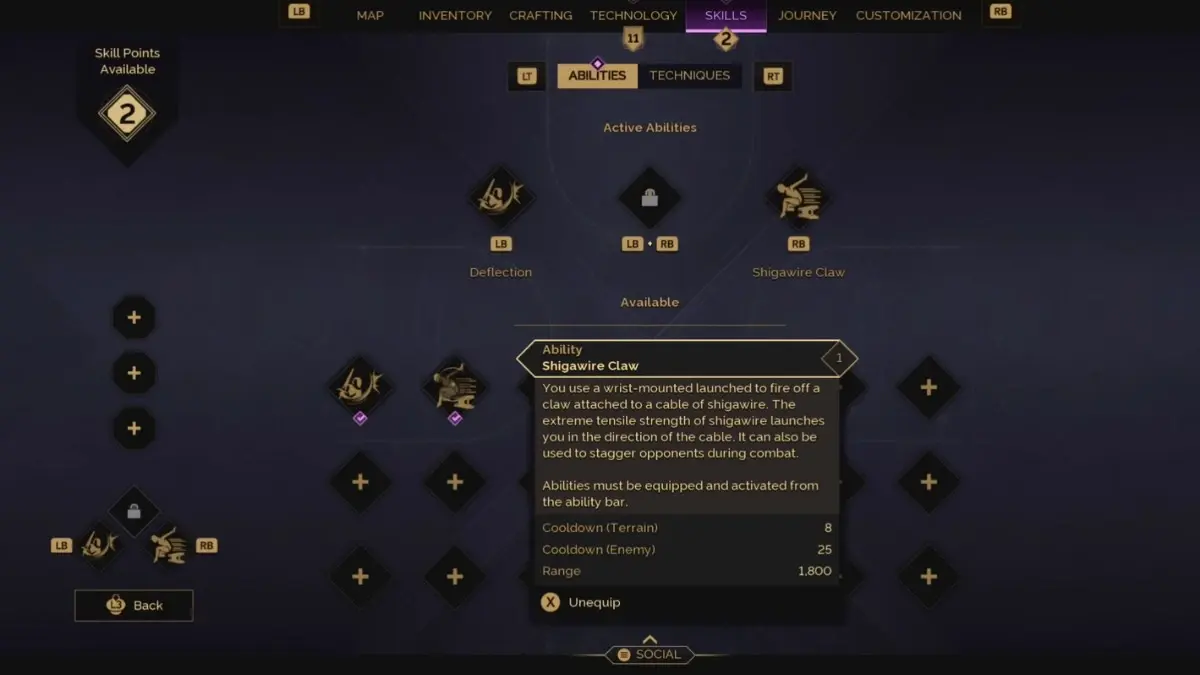
Skill-wise, there’s already some intriguing variety. If you choose a character mentored by the Bene Gesserit, for example, you’ll unlock abilities that allow you to compel others–whether to ignore you or follow subtle commands–just like in the films. Mentats can attack from range using gadgets and devices, while Troopers have the ability to hover, giving them a vertical edge in combat. I initially thought swordmasters might feel a little too straightforward, but thankfully, they come with unique close-range skills that give them a distinct advantage in melee encounters.
Arrakis still beckons
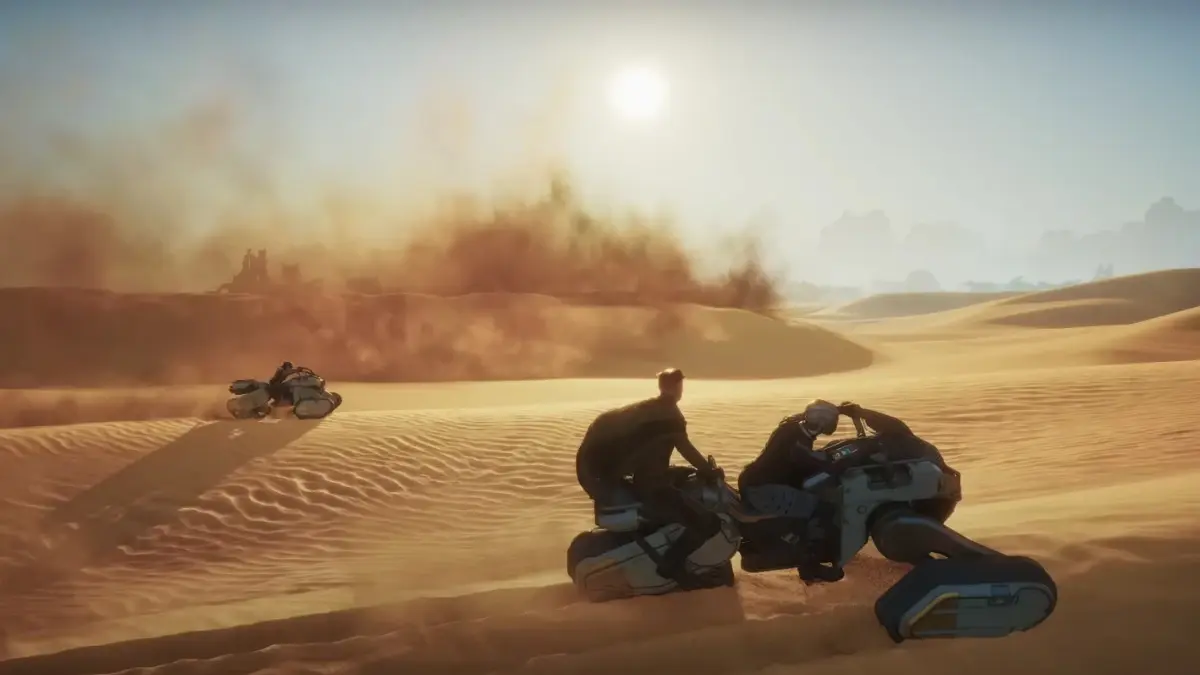
There’s a lot of ground left to cover–both literally and in terms of gameplay depth. The more specialised roles, like those tied to the Imperium’s various Schools, remain out of reach for now. The idea of becoming a Planetologist sounds oddly appealing, even if it likely means trudging across even harsher biomes with more complex gear. But it’s not just about unlocking tech trees or reaching level caps. Funcom have hinted at an endgame that offers something more–a new gameplay loop that moves beyond mere progression.
Whether that proves to be the case remains to be seen. But the road ahead seems wide enough, and the setting compelling enough, to warrant sticking around.
Dune: Awakening launched on 10 June, 2025, on PC for US$50. We received a copy of the game for this review.

